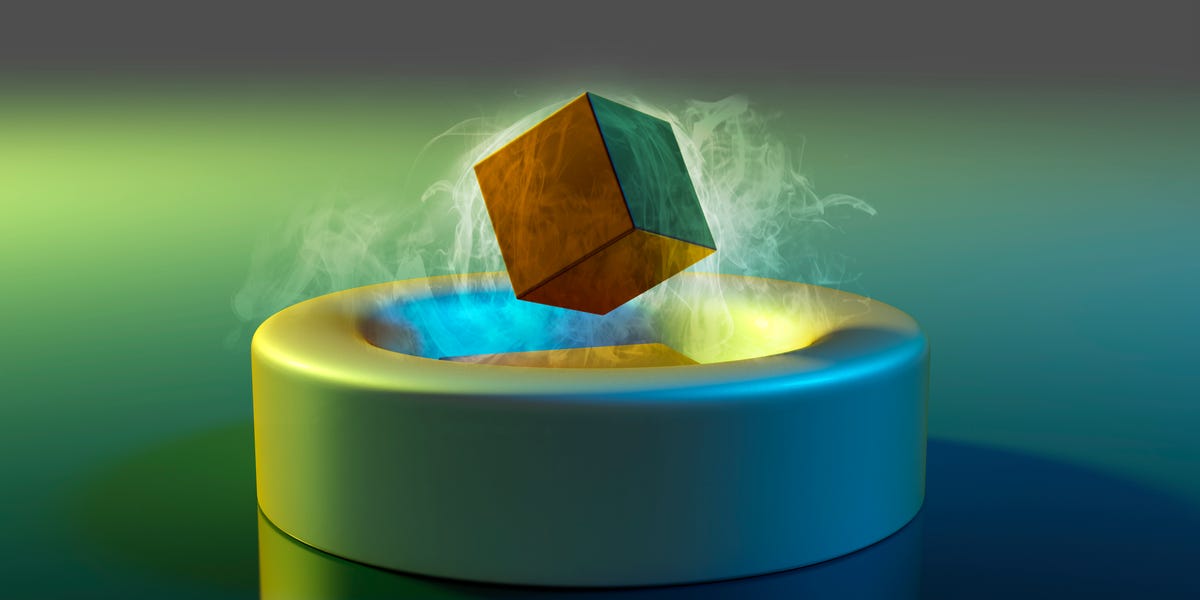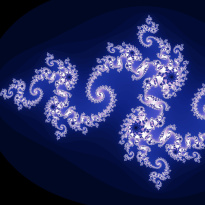Sharing for anyone else that think superconductors are interesting
I mean room temperature superconductors would be phenomenal for transmission lines, compact electronics, etc. When I was doing my Electrical Engineering degree many years ago, there was a fundamental issue that superconductor were running into, but I cannot remember what it was. Ever since I talked with my professor about it, I’d kind of erased it from my mind. Sounds like they haven’t progressed much since the 80’s unfortunately :/
While the article itself is a great intro into the engineering history of conductors, this is what the title refers too and is sensationalist at the least. IMO scientists are searching for a bunch of things and don’t necessary think of it as a holy grail.
…
This non-peer-reviewed preprint, boldly titled “The First Room-Temperature Ambient-Pressure Superconductor,” ignited a firestorm last month—both online and in physics departments around the world—as experts and laboratories rushed to recreate the material and reproduce these amazing results. But even from the very beginning, most condensed-matter physicists, including Mason and Greene, were skeptical.
“Even though they’ve shown levitation and resistance versus temperature curves in their paper … none of those measurements seem to have the reliability that a typical paper reporting superconductivity would have,” Greene says. “For example, one of the papers shows electrical resistance versus temperature, and when it comes to superconductivity there’s a very sharp drop in the resistance … the drop is much too sharp. It wouldn’t happen that quickly.”
Greene and Mason also mention some graph inconsistencies that make it hard to discern if this material is even a superconductor at all.
“I think one thing that’s exciting about this paper is that they were very clear about how they made the material. It’s a material that many people can make and reproduce,” Mason says, but he also points out a few red flags. “The resistivity plot is troublesome to me … if you took their plot of a superconductor, and just put gold on the same plot, gold would look like there was also zero resistance.”
At first, for every validation study that showed promising results, another study took the wind out of Ahab’s metaphorical sails. Finally, two weeks after its arrival, the International Center for Quantum Materials—an influential Chinese superconductor lab—confirmed that LK-99 wasn’t a superconductor at all, but instead displayed a kind of ferromagnetism.
So for now, the dream of room-temperature superconductors is on pause. But despite LK-99’s unfortunate fate, the dream has never been so tantalizing.
It’ll be a long time after room temperature superconductors are discovered before they’re very useful- most superconductors in that temperature range are ceramics, not very useful for power cables and lines.
So how come brittle glass is useful for fibre optic data cable? Thinness, that’s why. Superconductors don’t need to be thick either, because of the “super”. Also, multi-strand.
That’s not necessarily the case- glass is amorphous, so there’s ways of making it flexible that won’t directly apply to crystalline materials such as ceramics immediately- it’ll take time to modify or innovate methods of making the crystals flexible.




